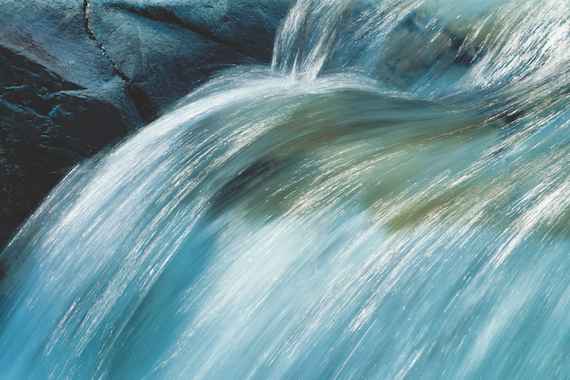The world of premium bottled water is a lucrative, branded one. Bottles come in all shapes and sizes in an attempt to entice drinkers – tall and clear, green, glass, blue – because inside, it all looks the same. Many say it tastes the same, too, but here’s the thing: water is not clear.
From a business perspective, global consumption of carbonated water stands 31,275m litres, while still bottled water stands at a colossal 243,356m litres (Euromonitor International, 2013 figures).
Germany guzzles the most carbonated water, while China takes the lead on the still stuff, closely followed by the US (Euromonitor).
Spending a great deal of time and money on the right water might seem weird to some, but think about it in the same way you consider the correct glassware, for example, and the attention afforded water slowly builds from a spring into a waterfall.
Graeme Lindsay, founder of specialist whisky water Uisge Source, which we’ll explore more later, says: “It’s interesting to think about the parallel with glassware – some bars will serve whisky in standard glassware that is available at very affordable prices. Other bars will only want to present whisky to their guests in a special whisky glass (such as the Glencairn glass), for which they have paid a premium, in order that the guest gets maximum pleasure.”
Wine expert and San Pellegrino brand ambassador Neil Phillips believes it comes down to customer experience: “Water could be their first drinking experience when they enter the bar and the last before they leave. It can be the difference between a good bar and a great bar.”
Springs from Finland to Fiji offer up a myriad minerals, giving each water its unique flavour profile and mouthfeel. And, when it comes to making a good bar great, selecting the right water, much the same as the right glassware, is one way of ensuring extra customer satisfaction. It’s this idea of paying attention to the little things that drives interest in the wet stuff.
Michael Tanousis is an expert on the subject and he runs London-based water company Aqua Amore. He says “consistency and clarity of the organoleptic experience on the palate” is the key reason to selecting bottled water over tap water. He adds: “Mineral water is a natural product, tap water is an adulterated version of H2O. It is only a comparison in political and semantic terms and not a consideration for taste professionals.” So there you have it: tap water is out.
San Pellegrino’s Phillips advises avoiding ice made with tap water and placed in mineral water, describing the action as “conflicting”. He also talks about ensuring the temperature is right and water is not too cold. San Pellegrino, for example, is best served at 8-10°C.
The effect on the taste of other drinks is also an important factor when choosing a water brand, claims Phillips. “Once people try different waters, they realise there is a difference,” he says.




